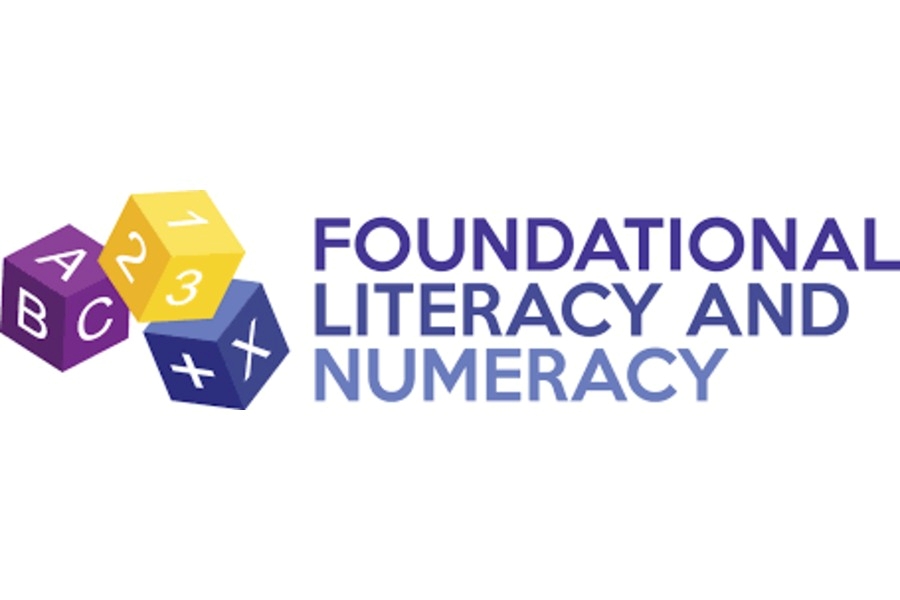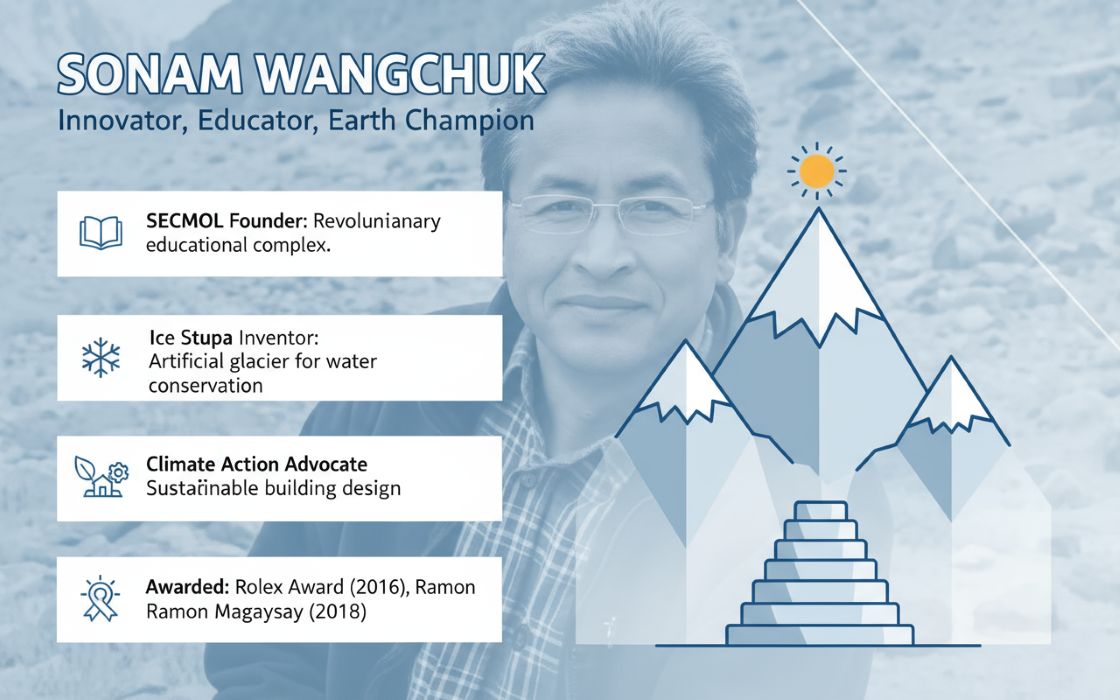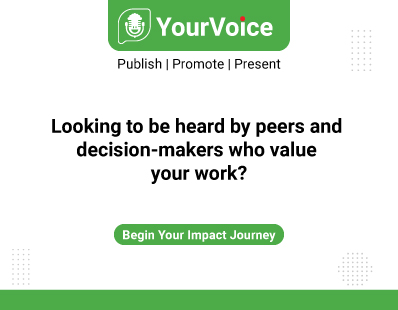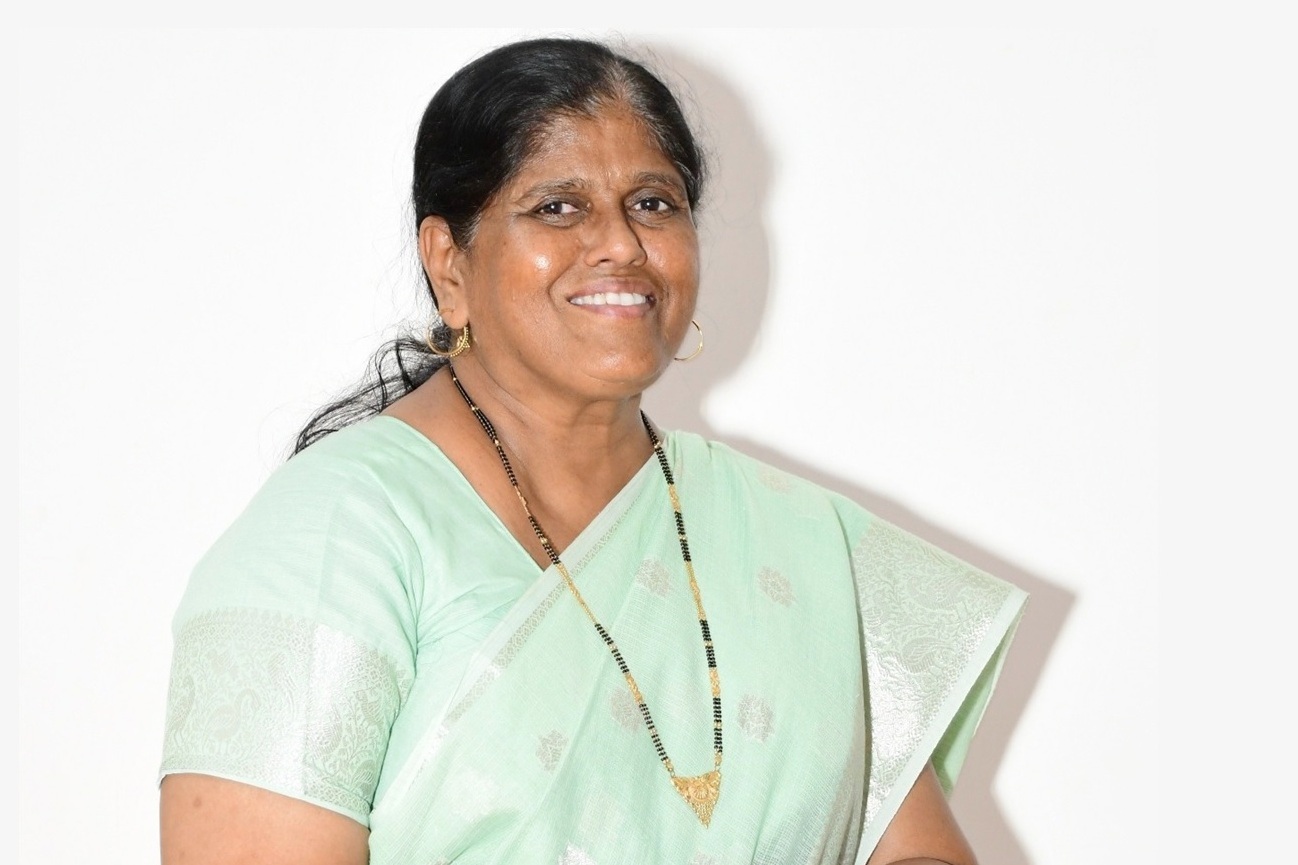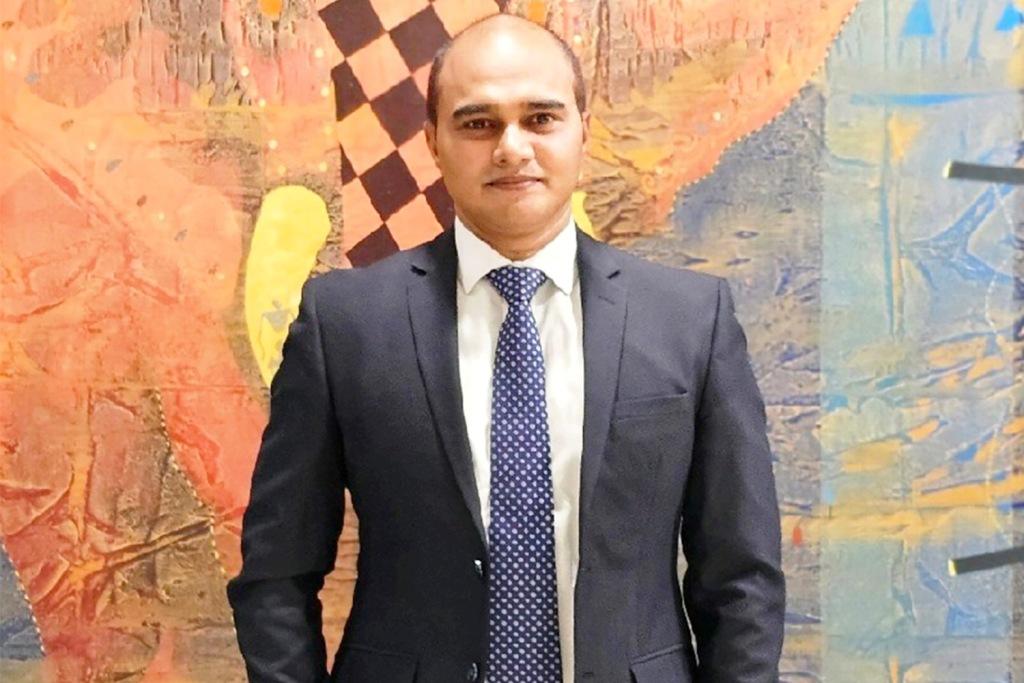In an age where waste threatens to overwhelm cities, rivers, and ecosystems, circularity offers a lifeline—not just for the environment but also for industry and society. At the Climate Action and Sustainability Conference & Awards (CASCA’25), organised by TheCSRUniverse, presented by M3M Foundation and powered by YBRANT, the panel discussion titled “From Waste to Wealth: Driving the Circular Economy for a Sustainable Future” brought together changemakers across corporate, civic, and grassroots domains to explore how India can transition from a linear economy to a regenerative one. 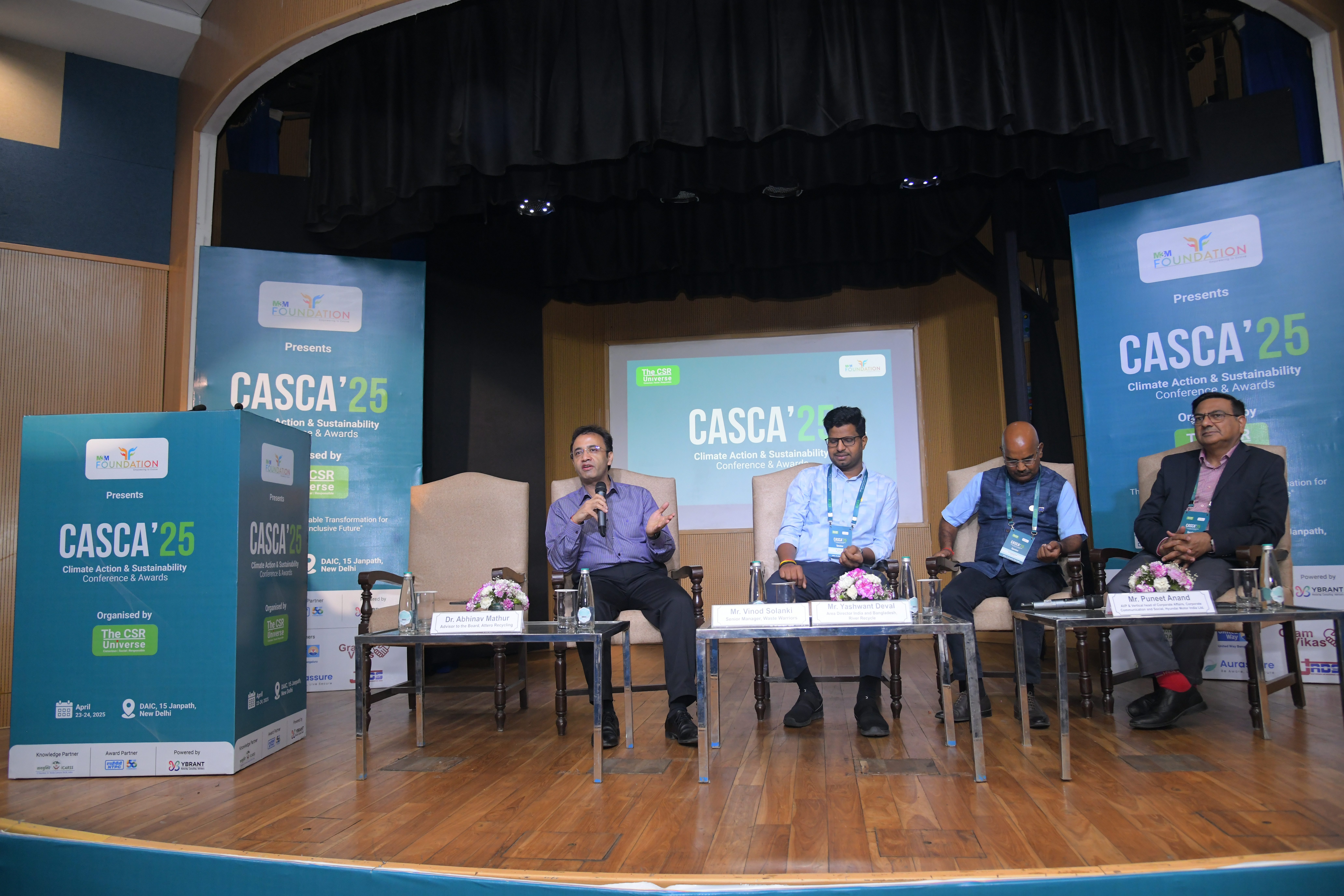
Framing the Circular Challenge
Moderator, Dr. Abhinav Mathur, Advisor to the Board at Attero Recycling and former senior advisor at NITI Aayog, set the tone for the session. He challenged the audience to rethink waste, not as a burden, but as a reservoir of untapped value. “Waste isn’t waste,” Dr. Mathur asserted. “It contains rich materials, many of which India lacks and imports—especially critical minerals used in electronics and electric vehicles.” This perspective, he emphasized, is at the heart of India’s push towards a circular economy—one that prioritizes regeneration, resource recovery, and innovation over the traditional “take-make-dispose” model.
Dr. Mathur spotlighted national efforts such as the National Critical Minerals Mission and the government’s focus on waste management, from the Prime Minister’s Red Fort address to the Swachh Bharat initiative. Yet, he cautioned that policy alone is not enough. “This transformation demands innovation, intent, and a united national push,” he said, calling for collaboration across sectors and levels of society. 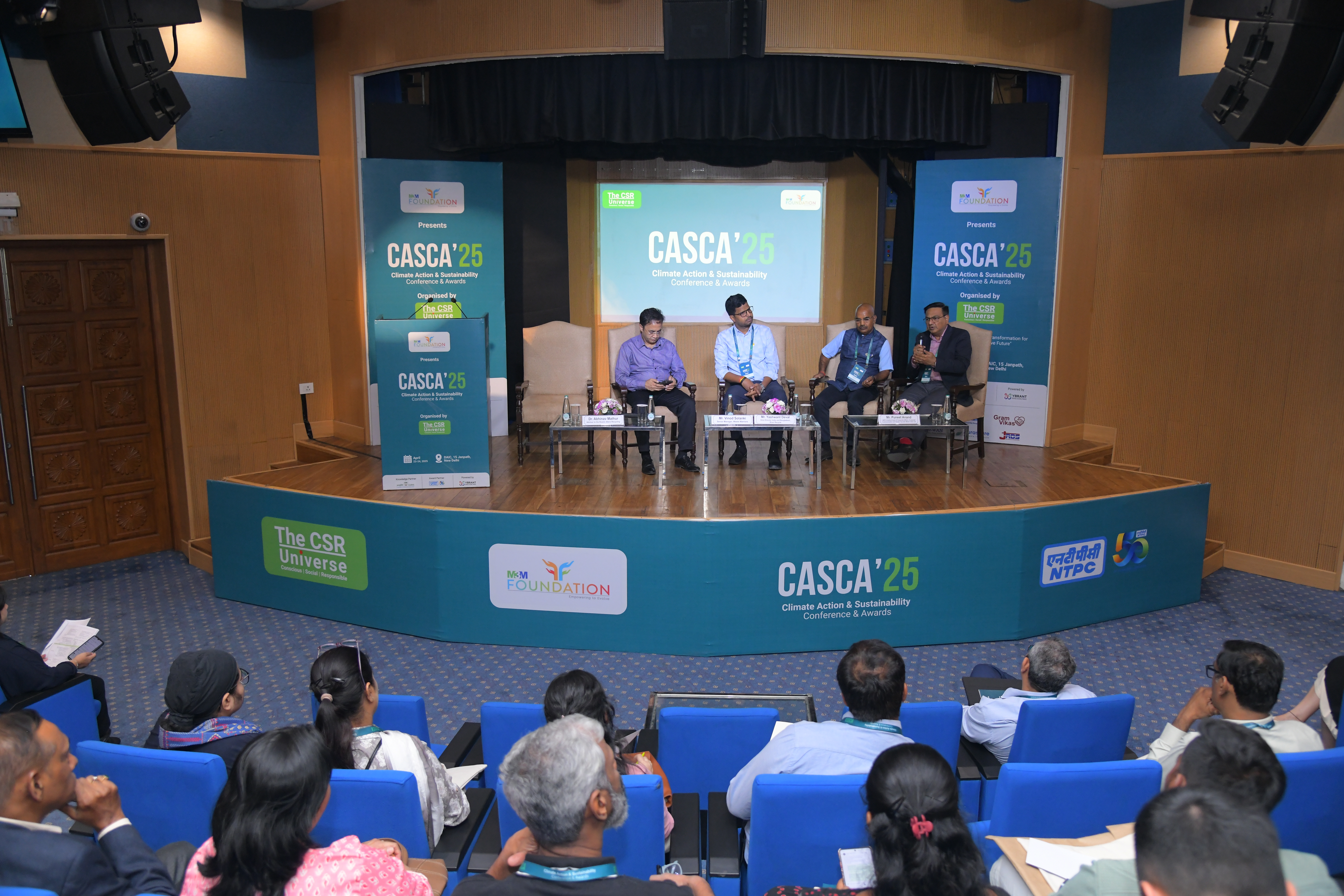
Hyundai’s Blueprint: Circularity as a Legacy
Representing the corporate sector, Mr. Puneet Anand, AVP & Vertical Head of Corporate Affairs at Hyundai Motor India Ltd., illustrated how circularity can be woven into a company’s DNA. Hyundai’s journey began with a simple act—repurposing imported wooden boxes used for auto components into school furniture. Today, over 45,000 recycled desks and benches have been donated to schools, embodying the ethos that “this isn’t just recycling; it’s dignity, education, and resource recovery.”
Hyundai’s flagship EcoGram initiative in Gurugram stands as a testament to scalable, community-integrated waste management. Built on a reclaimed dump site, EcoGram combines a biogas plant (converting wet waste to 200 kW of electricity daily) and a women-led material recovery facility (processing five tons of dry waste per day). Since its launch in October 2022, the facility has recycled over 1.1 million kg of waste, reducing CO₂ emissions by more than 144,000 kg. The on-site Earth-Shala serves as an educational hub, fostering waste literacy among schoolchildren and community members.
Hyundai’s commitment extends to water sustainability—with six large rainwater harvesting ponds—and renewable energy, targeting 100% green power by 2025. The company also transports 26% of its vehicles by rail, slashing logistics-related emissions. “Charity begins at home. We need open-source models for eco-projects. Innovation, replication, and localization are key to sustainable scale,” Mr. Anand urged, advocating for solutions that can be adapted and multiplied across India.
River Recycle: Intercepting Floating Waste
Turning to India’s waterways, Mr. Yashwant Deval, Area Director for India and Bangladesh at RiverRecycle, addressed a less visible but equally urgent frontier: floating waste. “Most rivers in urban Asia are now drains,” he lamented. RiverRecycle’s mission is to intercept plastic before it reaches the ocean, deploying patented systems in India and across Asia to capture and segregate floating debris. 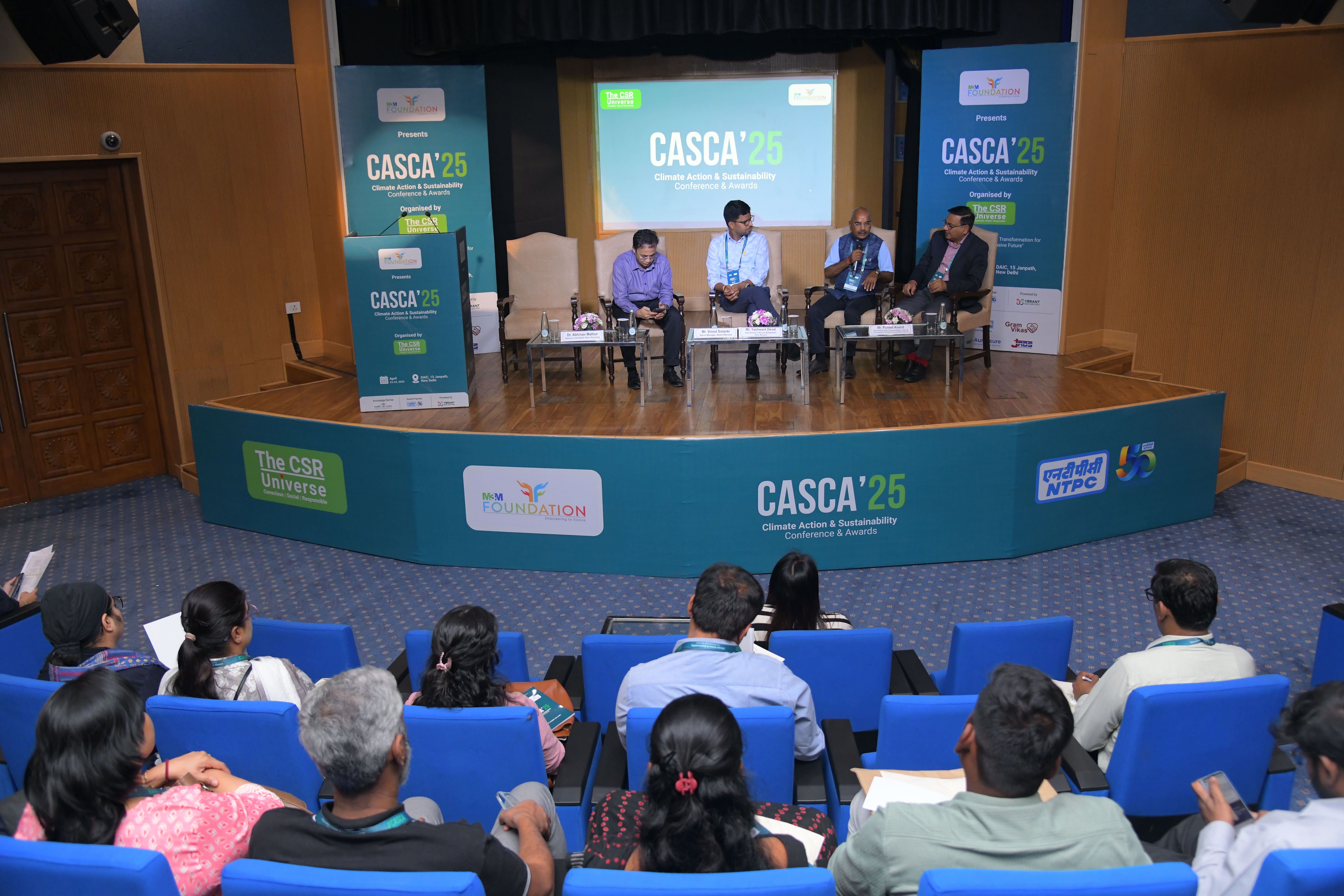
But technology is only part of the answer. “Nobody owns floating waste. Municipalities don’t want it—it becomes their burden the moment it’s pulled out,” Mr. Deval explained, highlighting the need for clear institutional accountability. RiverRecycle’s innovations include converting collected plastics into boards for infrastructure and fuel via pyrolysis, with experimental reuse in packaging. However, Mr. Deval cautioned that “one tech doesn’t fit all”—solutions must be tailored to each river’s unique context.
His call for policy coherence was clear: “River rejuvenation plans ignore floating waste. Coordination between municipal bodies, water boards, and pollution authorities is critical.” Above all, he championed the concept of ISR—Individual Social Responsibility. “Circularity starts not with systems, but with citizens,” he concluded.
Waste Warriors: Grassroots Change in the Himalayas
Bringing the conversation to the grassroots, Mr. Vinod Solanki, Senior Manager at Waste Warriors, shared the realities of waste management in India’s Himalayan states. Tourism in Himachal Pradesh and Uttarakhand generates over 8.4 million tons of waste annually, much of it dumped or burnt. Since 2012, Waste Warriors has diverted over 6,000 metric tons from landfills, primarily through community-driven models.
The Paryavaran Sakhi Model, which unites rural women from diverse backgrounds to collect, segregate, and sell recyclables door-to-door, is a beacon of social transformation. With just 30 women, the initiative diverts 100 metric tons annually, generating income and fostering dignity. Yet, as Mr. Solanki noted, “The real challenge isn’t logistics—it’s behavior.” Only 40–50% of villagers participate, underscoring the need for sustained education and engagement.
Mr. Solanki advocated for expanding Extended Producer Responsibility (EPR) to rural and hilly regions, enhancing source segregation, and incentivizing micro waste entrepreneurs. His personal commitment was symbolized by a reusable cutlery set—a small act, he said, that can drive massive change.
Common Threads: Collaboration, Policy, and Culture
Throughout the panel, several themes resonated:
- Collaboration Over Silos: Effective circularity demands partnerships across government, business, civil society, and communities.
- Policy Needs Practice: Laws like EPR are valuable, but their success hinges on inclusive, ground-level implementation.
- Open-Source Models: Initiatives like EcoGram and the Paryavaran Sakhi Model offer replicable blueprints for others to follow.
- Waste as Wealth: From recycled infrastructure to green energy and local livelihoods, circularity delivers tangible social and economic benefits.
Final Words: Action Starts with Us 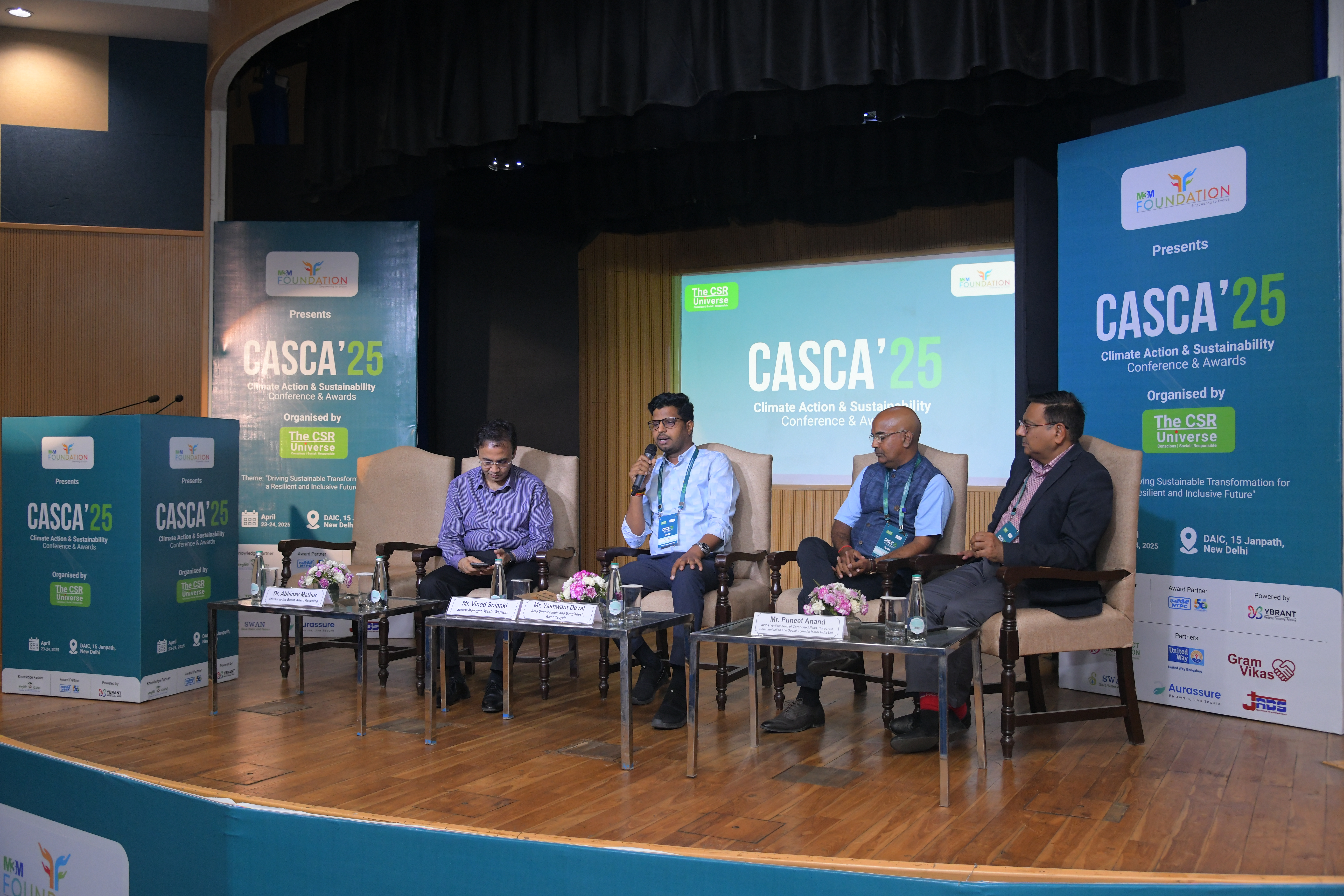
The panel closed with a unified call to action. Mr. Solanki urged, “Start with small personal changes. Carry your own cup, your own bottle. Educate. Act.” Mr. Deval championed ISR and context-sensitive policies, while Mr. Anand called for innovation and local adaptation, reminding all that the responsibility is shared.
Dr. Mathur’s final reflection captured the session’s spirit: “The biggest problem the planet faces is that everybody thinks someone else will solve it. We have to solve it.”
As India seeks to build a circular economy, the message from CASCA’25 is clear: the journey from waste to wealth begins with collective intent, innovation, and everyday action.

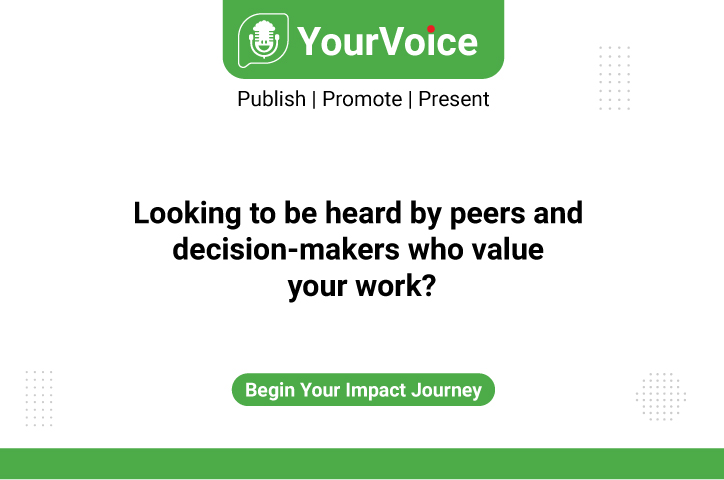





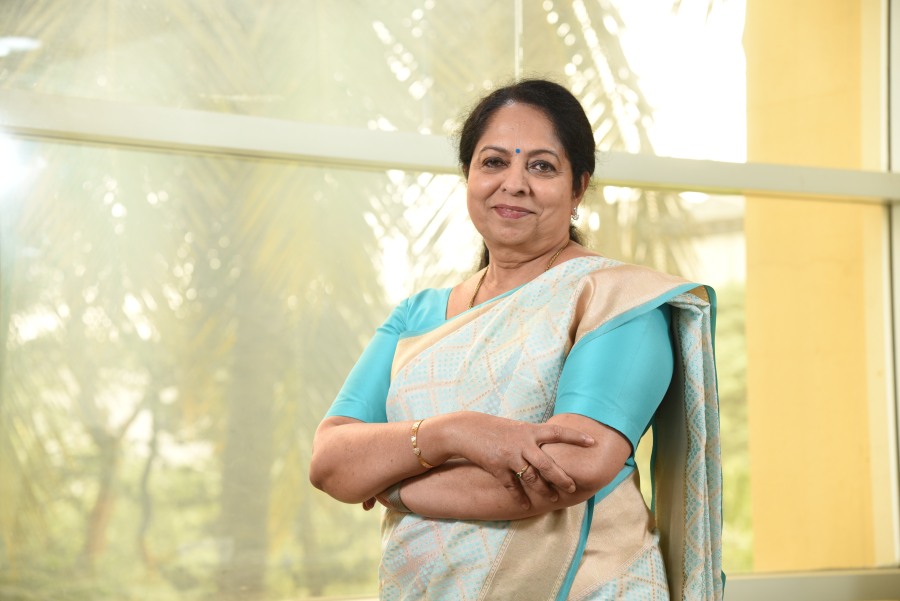
.jpg)
